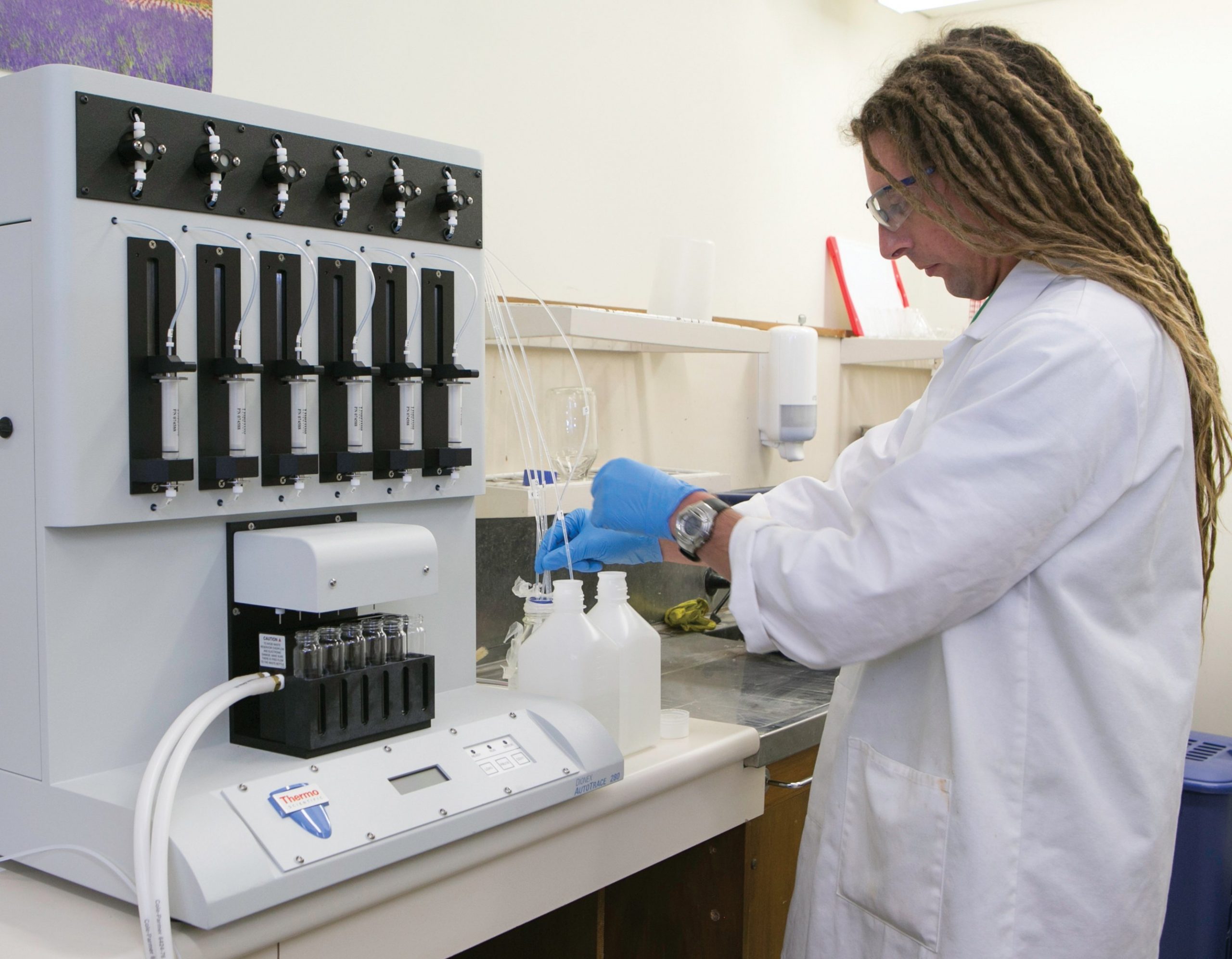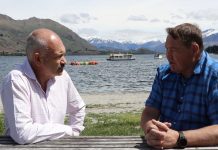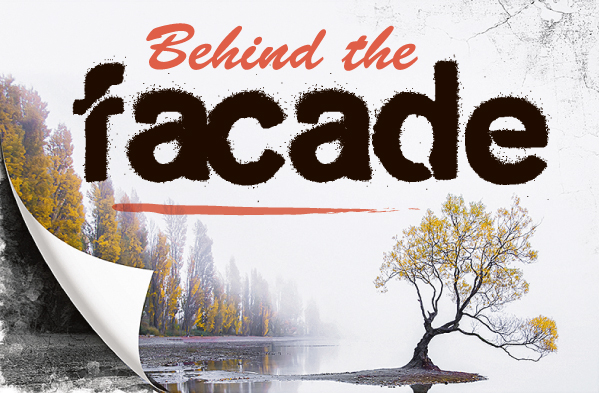
What does Wanaka’s drugs scene look like? Marjorie Cook asks ESR senior scientist and environmental chemist Andrew Chappell.
For six years, New Zealand’s top government environmental scientists have been testing a multitude of grotty wastewater samples for indicators of drug use and sharing the results with the National Drug Intelligence Bureau, New Zealand Police and the Ministry of Health. Christchurch senior scientist Andrew Chappell leads ESR’s drugs wastewater testing programme. It was a grotty job, he said.
‘‘It can be a bit smelly. We are vaccinated against all sorts of things. We filter it to get rid of the chunky bits. It is not super pleasant, but the data we get out of it can be really fascinating,’’ he said.
Queenstown is tested. Wanaka, Cromwell and Alexandra are not. Mr Chappell stressed that without testing samples from Wanaka’s wastewater treatment plant, it should not be assumed Wanaka consumption would mirror that of Queenstown — or any other town. ESR does not know what is being flushed down Wanaka’s toilets. Nor do Wanaka police.
‘‘We don’t currently test Wanaka’s wastewater. I would like to, but with limited resources the focus has been on larger centres,’’ Mr Chappell told The News. ESR is New Zealand’s Crown research institute, specialising in science for communities.
Mr Chappell and his team recently published a paper, ‘‘Illicit Drug Consumption estimated using wastewater analysis and compared by settlement size in New Zealand’’, which reports up to 71% of the New Zealand population is being measured for indications of drug consumption. It also reports small settlements had the highest indication of methamphetamine use, while major urban areas had the highest indications for MDMA.
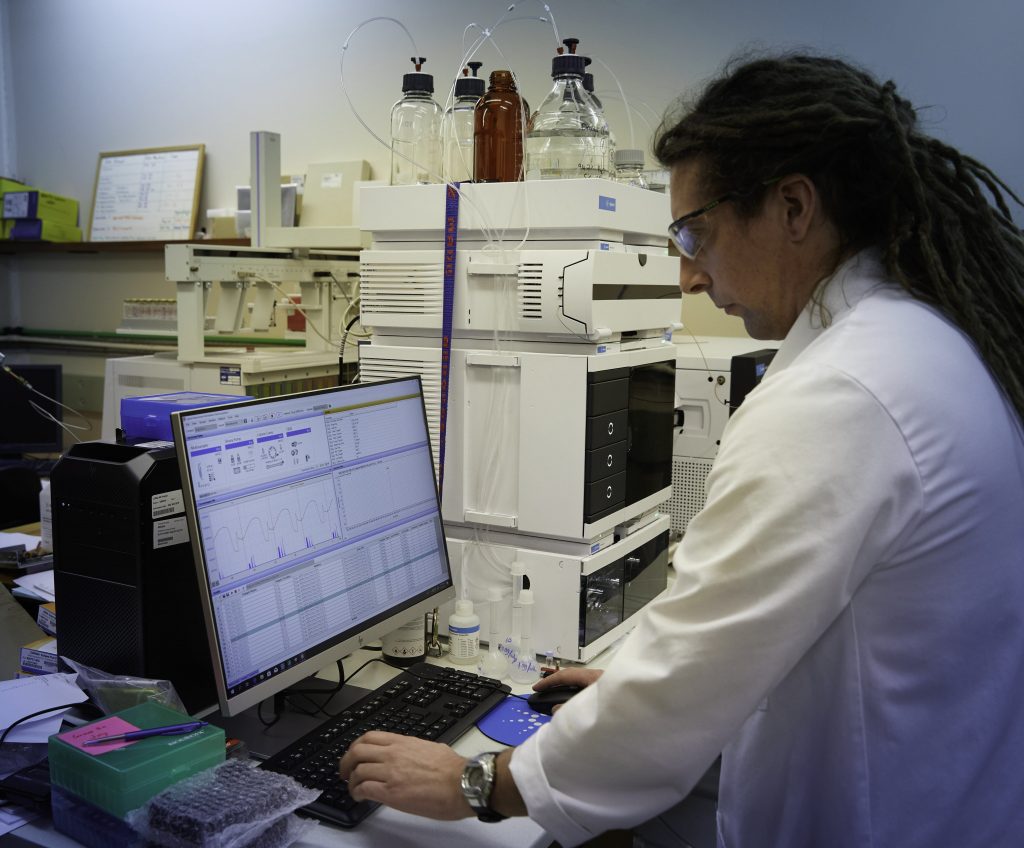
The programme was piloted at three New Zealand sites in 2016.
The police asked ESR to expand the programme in 2018, and 46 wastewater plants are now tested.
In the Southern police region, just four plants joined the programme: two in Dunedin, one in Invercargill and one in Queenstown.
If ESR staff get unusual results they will work with police on what might have happened, or police might come to their own conclusion, he said.
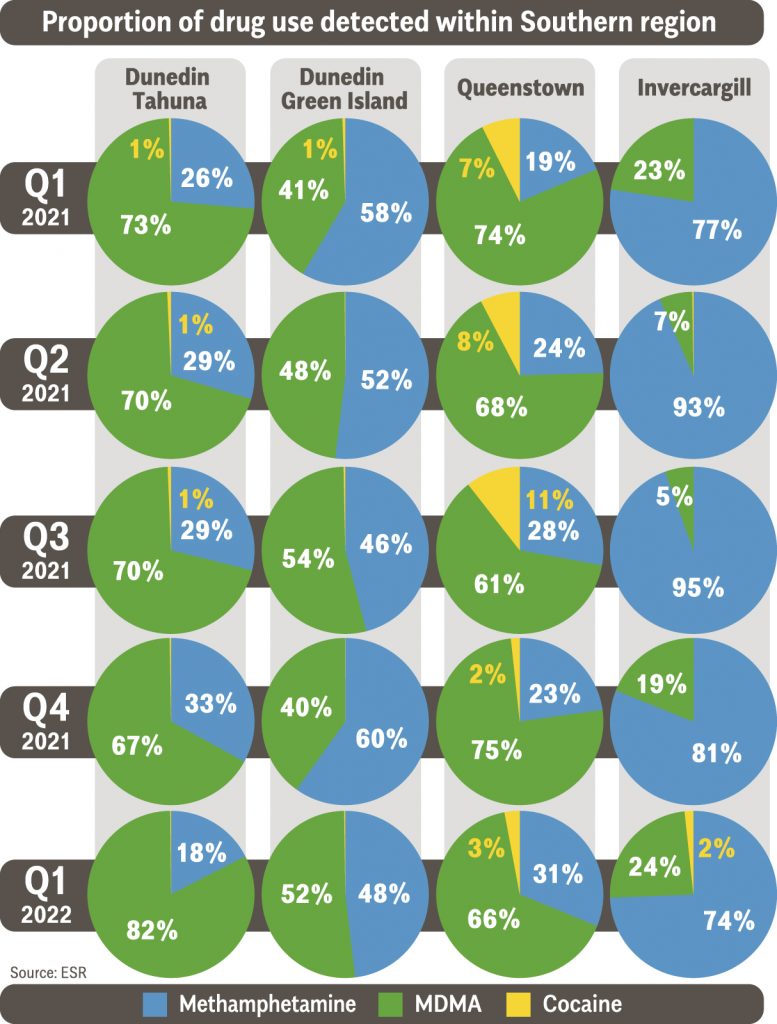
‘‘A really good example is O Week in Dunedin. The MDMA spikes go off the charts, which is quite interesting. It can quite clearly pick up [after] one-off events . . . and it was very interesting under Covid to see the changes in drug consumption,’’ Mr Chappell said.
Although the wastewater programme measures total drug consumption in a community, it cannot tell how much people are using.
For example, it could be 10 people using a small amount, or one person using a lot.
The police do not release ESR data that drills down to this level.
Instead, they aggregate quantitative results from individual treatment plants and reports by police district to preserve the anonymity of individual towns. That means all The News can see is the proportion of meth to MDMA or cocaine in a treatment plant.
The programme is dynamic and challenging, scientists have a fixed budget, and the police decide how far the programme extends.
Mr Chappell said it was not practical to test all local authority wastewater systems at the moment, but all the main centres were tested every month.
Because of financial and logistical constraints, smaller centres in the programme might get tested only once every two months, Mr Chappell said.
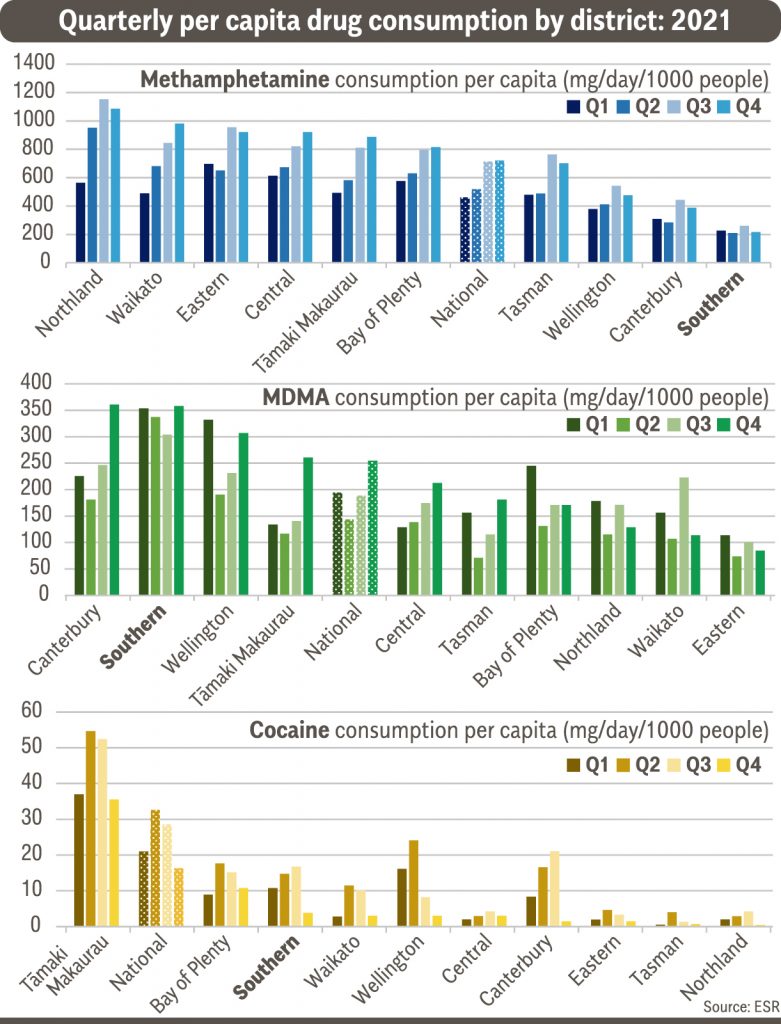
Council officers collect wastewater samples and send them to ESR for analysis.
ESR then reports to the police, who post quarterly results on the police website.
The first quarterly report for 2022 (January to March) was released on Friday. ESR is still working on the second quarterly report.
The results are a useful tool to understand what happens in regions at certain times of the year.
The National Drug Intelligence Bureau and police use the data to understand people’s behaviour around drugs, drug demand and to prevent drug›related harm.
One final point: the programme does not target individuals by testing upstream from the wastewater treatment plant.
‘‘The real strength [of the drugs wastewater programme] is being able to target large populations rather than individuals. We can say, these areas need help . . .so resources can be put where they are most needed . . .’’, Mr Chappell said.
Behind the Facade, The News investigates the threads and facts about what is happening in our community. Throughout this investigation, we will ask the hard questions about these grey areas, seeking to gain clarity about what safety within our community really looks like, and what role and responsibility we each have.
This month The News looks at the drug scene:
Safety the key with recreational drugs
‘Aotearoa is a drug using country’
Who are drug users within our community?

